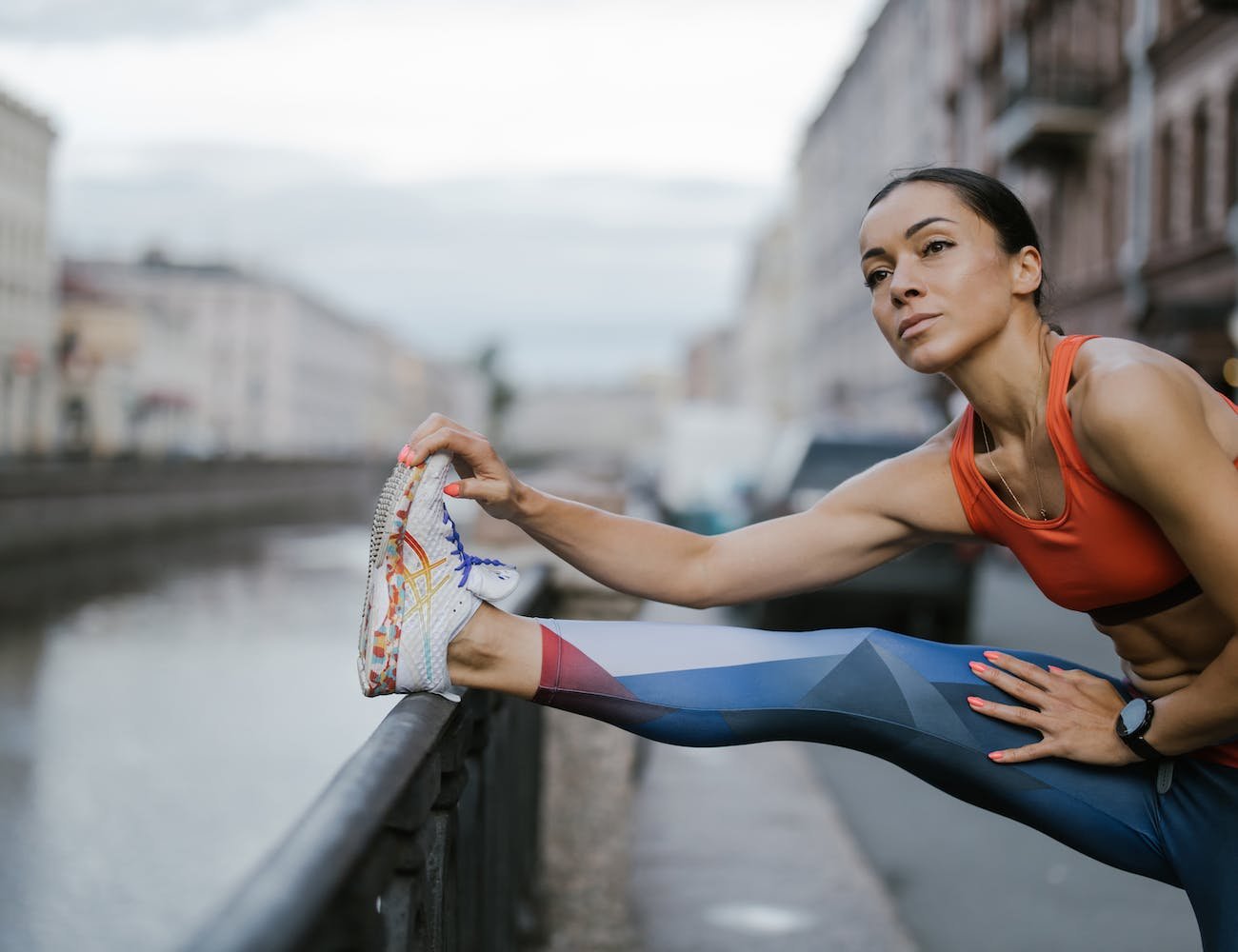
Athletic Excellence: Unleash Your Potential with Functional Strength Training Exercises
As a seasoned fitness trainer and fitness enthusiast, I’ve witnessed time and again how harnessing the power of functional strength training fosters formidable physiques and fine-tunes athletic finesse. For an in-depth understanding, check out this comprehensive guide on functional strength training which covers its fundamental principles.
It’s not just about lifting heavy weights or clocking in countless hours at the gym; it’s about crafting a comprehensive conditioning regimen that correlates directly to the complex movements and demands of your sport or daily activities.
I’ve explored myriad methods and mingled with top trainers to distill the essence of exercises that not only build muscle but also boost balance, agility, and power.
In the following discourse, I’ll share insights on functional strength training that can elevate your athleticism to its zenith. But before I unveil the transformative training techniques that could redefine your routine, consider this: What if the key to unlocking your athletic potential was a paradigm shift in your approach to strength and conditioning?
The Philosophy Behind Functional Training
Functional training often revolves around the core principle of enhancing one’s ability to perform everyday activities with strength and ease. At the heart of it lies the quest for freedom – freedom from injury, from weakness, and from the limitations that hold us back from living our lives to the fullest.
Now, let’s tackle some common training misconceptions head-on. People sometimes think that functional training is just about swinging kettlebells or flipping tires. It’s not. It’s about training your body to handle real-world situations effectively and efficiently. It’s about making sure that you’re as agile and strong in your daily motions as you’re in the gym.
Another misconception is that you need a ton of fancy equipment to get started. That’s far from the truth. Equipment essentials for functional training can be as basic as your own body weight. Simple tools such as resistance bands, stability balls, and dumbbells can serve you well. The focus should be on the quality of movement rather than the complexity or cost of the equipment.
I’ve seen too many people caught up in the notion that they must isolate muscles with specific exercises. In functional training, however, we’re looking to integrate movements that engage multiple muscle groups in a cohesive manner. This approach not only builds strength but also enhances coordination and balance – essential components for athletic excellence. For a deeper understanding of functional strength training and its core principles, check out this comprehensive guide at Functional Training Exercises.
Core Components of Athletic Training
Mastering the core components of athletic training is crucial for achieving peak performance and maintaining a competitive edge in any sport. To ascend to the pinnacle of your athletic capabilities, you must embrace a holistic approach that goes beyond conventional workouts. It’s about honing your body’s efficiency so you’re not just strong, but also agile, fast, and resilient against injuries.
Speed drills are a non-negotiable element in this process. They’re not just about quickness; they refine your neuromuscular coordination, teaching your muscles to fire rapidly and in the correct sequence. This isn’t just for sprinters – whether you’re a swimmer slicing through water, a basketball player executing a fast break, or a soccer player darting past defenders, speed is your ally. Incorporating agility ladders, plyometric exercises, and sprint intervals into your training regimen will unlock a new level of speed and precision in your movements.
Injury prevention is equally vital. After all, what’s the use of strength and speed if you’re sidelined with an injury? It’s about freedom – the freedom to play, compete, and excel without the shackles of pain or the fear of getting hurt. That’s why your routine should include mobility work, flexibility exercises, and stability training. Focus on creating a solid core, the powerhouse of your body, which serves as the foundation for all movements. Strengthening the muscles around your joints – shoulders, hips, knees, and ankles – will make them more resilient and less prone to injury.
Designing Your Custom Workout Plan
To tailor a workout plan that caters to your unique athletic needs, you must first assess your sport-specific demands and personal fitness goals. It’s not just about lifting weights or running miles; it’s about crafting a regimen that aligns with your aspirations for freedom in your sport and life.
Now, I’ll guide you through a robust approach to design a workout that not only chisels your physique but also enhances your performance. The right training equipment is essential. Don’t waste time on machines that isolate muscles in unnatural ways. Instead, invest in quality free weights, resistance bands, and stability tools that simulate real-world movements. Your body’s ability to move fluidly and powerfully in your sport is your ticket to the top.
Diet integration is just as critical as the reps you count. I’ll teach you to fuel your body with the right balance of macronutrients and micronutrients to recover faster and perform better. Think of food as your ally in achieving peak physical condition.
I don’t believe in cookie-cutter programs. Your custom workout plan will be as unique as your fingerprint, meticulously constructed to shatter your personal records. We’ll incorporate functional exercises that build the strength, agility, and explosiveness you need to excel.
Trust me, I’ve been where you are, and I know what it takes to reach the pinnacle of athletic achievement. Follow my lead, and together we’ll unlock a level of athleticism you’ve only dreamed of. Your journey to the top begins with a plan that’s as individual as you are. Let’s get started.
Advanced Functional Exercise Techniques
As we delve into advanced functional exercise techniques, it’s crucial to focus on movements that enhance your dynamic stability and power. This means not just lifting weights, but doing so in a way that closely mimics the movement patterns you’ll encounter in your sport or daily activities. It’s about making exercise adaptations that lead to performance breakthroughs and gives you the freedom to move with confidence, strength, and agility.
Here’s an illustrative list to highlight the core components of my advanced functional training regimen:
- Plyometric Drills: These explosive exercises, like box jumps or plyo push-ups, build power and speed, essential for outperforming competitors.
- Unilateral Movements: Exercises like single-leg deadlifts and pistol squats improve balance and correct imbalances between limbs.
- Rotational Movements: Incorporating cable twists or medicine ball throws to develop core strength and rotational power.
- Olympic Lifts: Clean and jerks, snatches, which are complex but incredibly effective for developing full-body power and coordination.
Measuring Progress and Adjusting Goals
I’ll guide you through gauging your progress and fine-tuning your goals to ensure continuous improvement in your functional strength training journey.
As a seasoned athlete, I understand how critical it’s to not just chase the pump or the burn, but to measure what truly matters. Tracking metrics is your compass. It tells you whether you’re heading in the right direction or if you need to recalibrate your course.
Record your workouts meticulously. Monitor the weights lifted, the reps completed, and the quality of your movement. But don’t just stop there. Functional strength isn’t just about numbers on a barbell; it’s about how that strength translates into your sport and daily life. Are you jumping higher, running faster, or feeling more agile? These are qualitative measures that give you a holistic view of your progress.
Every few weeks, take a step back for goal reassessment. This isn’t about slashing your aspirations or taking the easy road. It’s about smart adjustments. Have you hit a plateau? Maybe it’s time to tweak your program. Did you breeze through your targets? Then it’s time to set the bar higher.
Frequently Asked Questions
How Can Someone Who Is Recovering From a Sports Injury Safely Incorporate Functional Strength Training Into Their Rehabilitation Process?
I’d start by consulting a professional for an injury assessment, then progress through rehabilitation phases, carefully adding functional strength exercises that align with my recovery goals and respect my body’s limits.
Are There Any Specific Dietary Recommendations or Nutritional Plans That Should Accompany a Functional Strength Training Routine for Optimal Athletic Performance?
I’d say increasing your caloric intake and incorporating dietary supplements can significantly enhance your functional strength training and athletic performance, ensuring you’ve got the energy and nutrients your body needs.
How Does Functional Strength Training Vary for Athletes in Different Age Groups, Such as Teenagers Compared to Masters Athletes?
Like fine-tuning a high-performance engine, I adjust functional strength training with age-specific modifications. Teens need growth-focused workouts, while master athletes’ adaptations often prioritize injury prevention and sustaining muscle mass.
Can Functional Strength Training Be Effectively Combined With Other Forms of Exercise, Such as Yoga or Pilates, for a Well-Rounded Athletic Regimen?
I’ve found that combining functional strength training with yoga and Pilates enhances athletic performance. The yoga synergies improve flexibility while Pilates complementarity ensures core stability, offering a comprehensive approach to achieving physical freedom.
What Are the Psychological Benefits of Engaging in Functional Strength Training, and How Can It Impact an Athlete’s Mental Toughness and Resilience on the Field?
I’ve discovered that functional strength training boosts my mental clarity and confidence, fostering resilience that translates into mental toughness on the field, liberating me to perform at my absolute best under pressure.
Conclusion
In the dance of athleticism, functional strength is your rhythm, your unfailing beat.
As I’ve guided you through the core of this fitness symphony, remember, consistency is your drumbeat to success.
Keep testing your limits, refining your routine, and listening to your body’s feedback.
Let every rep be a step towards your zenith, a crescendo of your capability.
Now, go forth and sculpt your masterpiece, for in this arena, you’re both the artist and the canvas.
You can also explore our fitness and training equipment’s and accessories https://plusfitness.ng/ to start your functional strength training journey with the right tools.
For enhancing your article “As a seasoned fitness trainer and fitness enthusiast,” consider incorporating these relevant links:
- For an in-depth understanding of functional strength training principles, check out Functional Training Exercises.
- Explore essential equipment for functional training at Essential Strength Training Equipment.
- For athletes recovering from sports injuries, learn how to safely incorporate functional strength training in their rehabilitation at Strength Training for Seniors.
- To complement your functional strength training with the right diet, find information at Nutrition for Stronger Training and Muscle Gain Nutrition.
- For those interested in enhancing their home workouts, explore Bodyweight Workouts at Home.
- If you are looking to explore advanced strength training techniques and equipment, visit Advanced Strength Training Techniques and Effective Home Gym Equipment.




Leave a Reply
You must be logged in to post a comment.